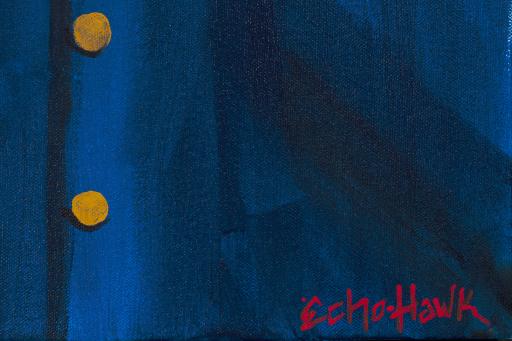Homecoming, Bunky Echo-Hawk
Artwork Overview
Homecoming,
2011
Where object was made: United States
Material/technique: canvas; acrylic
Dimensions:
Canvas/Support (Height x Width x Depth): 122 x 155.5 cm
Canvas/Support (Height x Width x Depth): 48 1/16 x 60 1/16 in
Canvas/Support (Height x Width x Depth): 122 x 155.5 cm
Canvas/Support (Height x Width x Depth): 48 1/16 x 60 1/16 in
Credit line: Museum purchase: Peter T. Bohan Art Acquisition Fund
Accession number: 2011.0155
Not on display
If you wish to reproduce this image, please submit an image request









